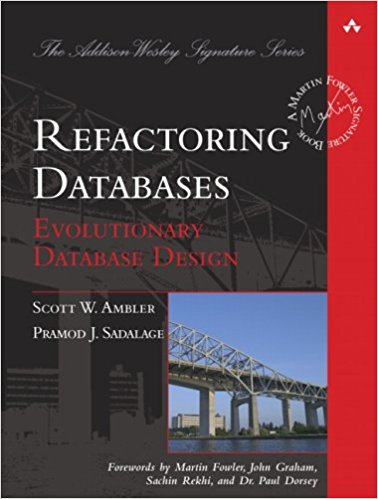This is an excellent book that, in my opinion, serves two purposes. First, it is a compendium of well thought–out ways to evolve a database design. Each refactoring includes descriptions of why you might make this change, tradeoffs to consider before making it, how to update the schema, how to migrate the data, and how applications that access the data will need to change. Some of the refactorings are simple ones that even the most change–resistant DBAs will have used in the past (“Add index”). Most others (such as “Merge tables” or “Replace LOB with Table”) are ones many conventional thinking DBAs avoid, even to the detriment of the applications their databases support.
This brings me to the second purpose of this book. Many DBAs view their jobs as protectors of the data. While that is admirable, they sometimes forget that they are part of a software development team whose job is to provide value to the organization through the development of new (and enhancement of existing) applications. One of the best DBAs I ever worked with viewed himself as a “Data Valet.” He said his job was to make sure the data was presented to applications when and where they wanted and to protect the doors from getting dinged while under his care. Through its first five chapters and then the refactorings that follow, this book will help DBAs expand their view of their role in the organization from one of simply protecting data to one of enhancing the value of data to the organization.
This book is one that you’ll keep on your reference shelf for many years to come. Highly recommended.







